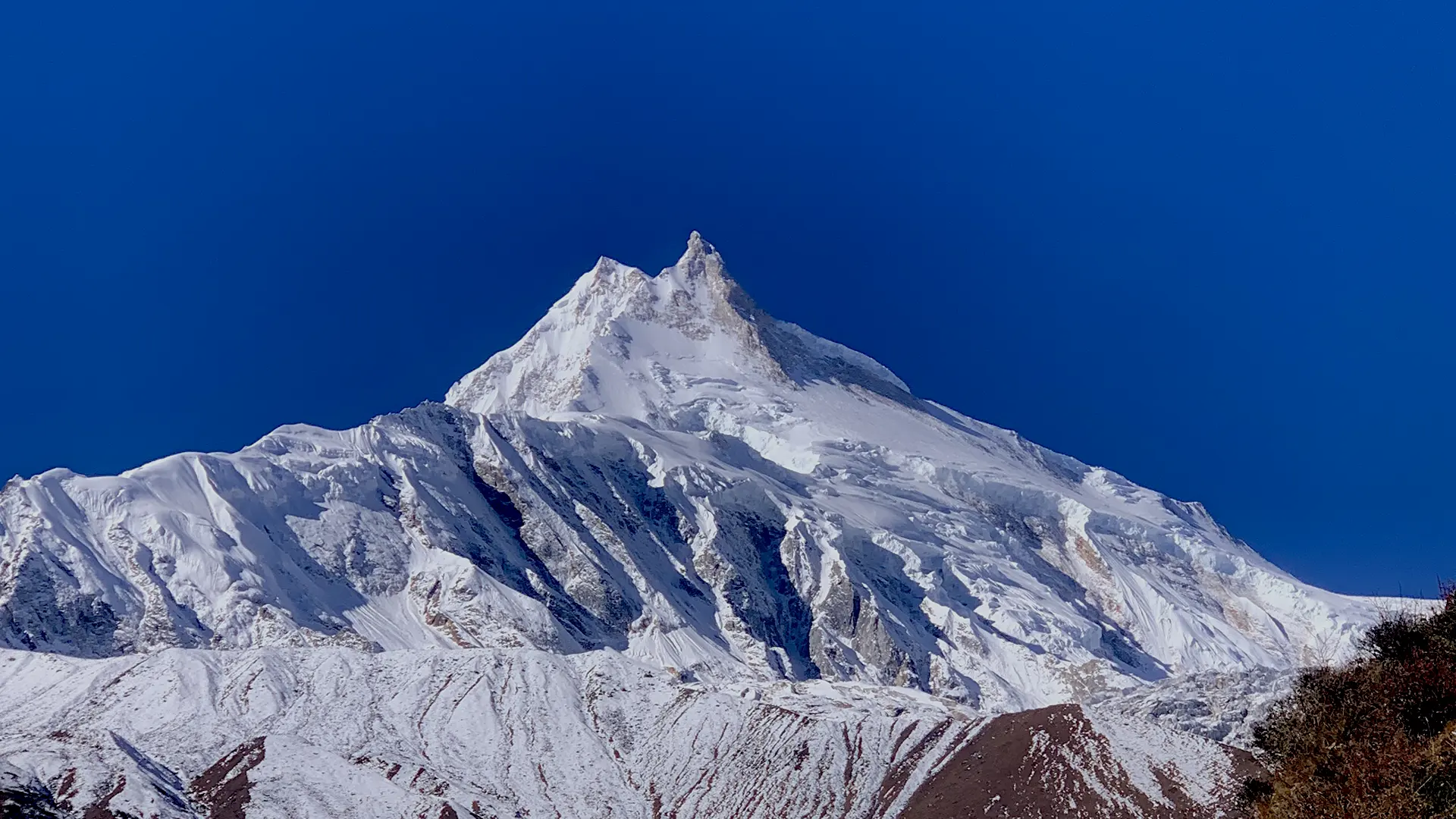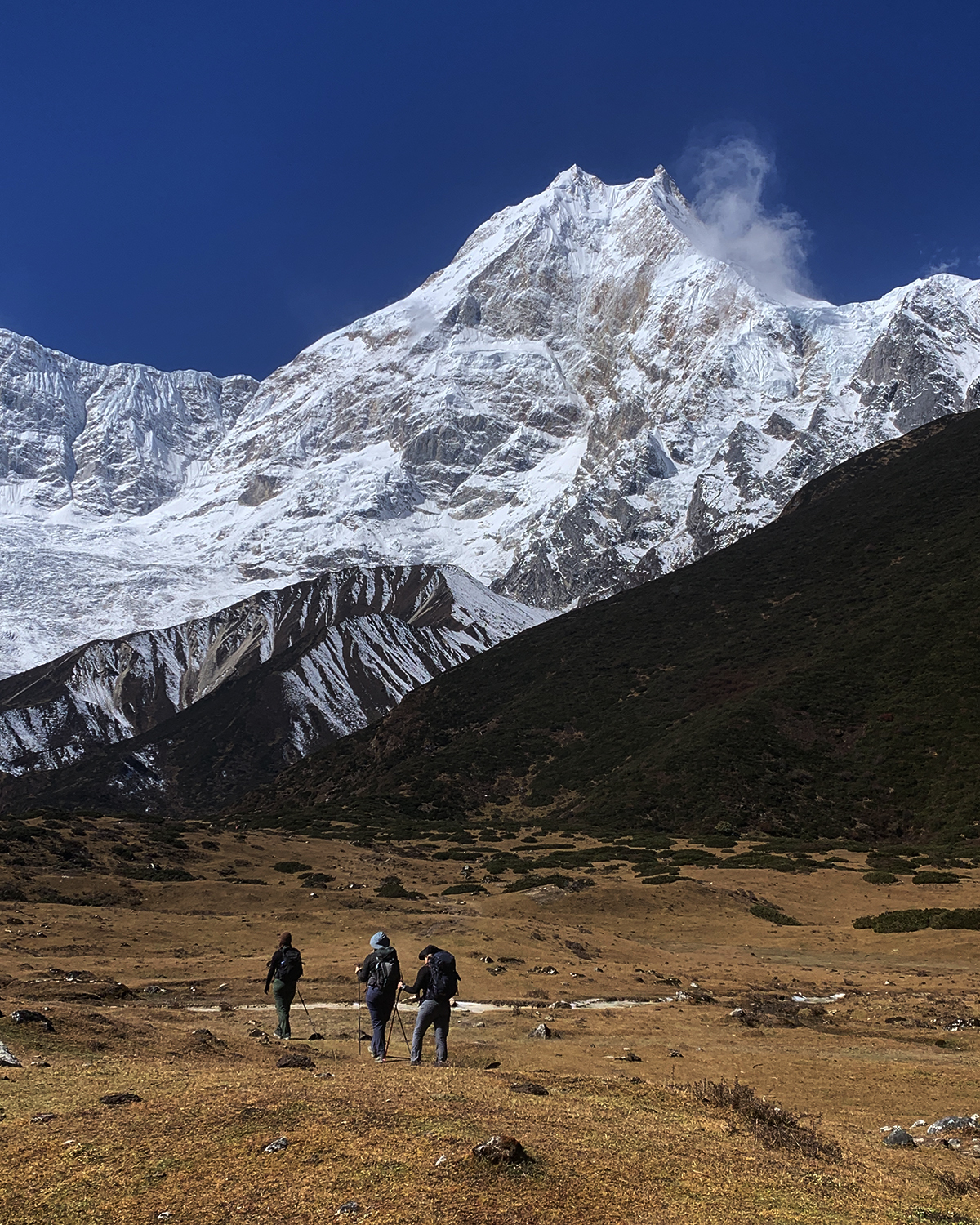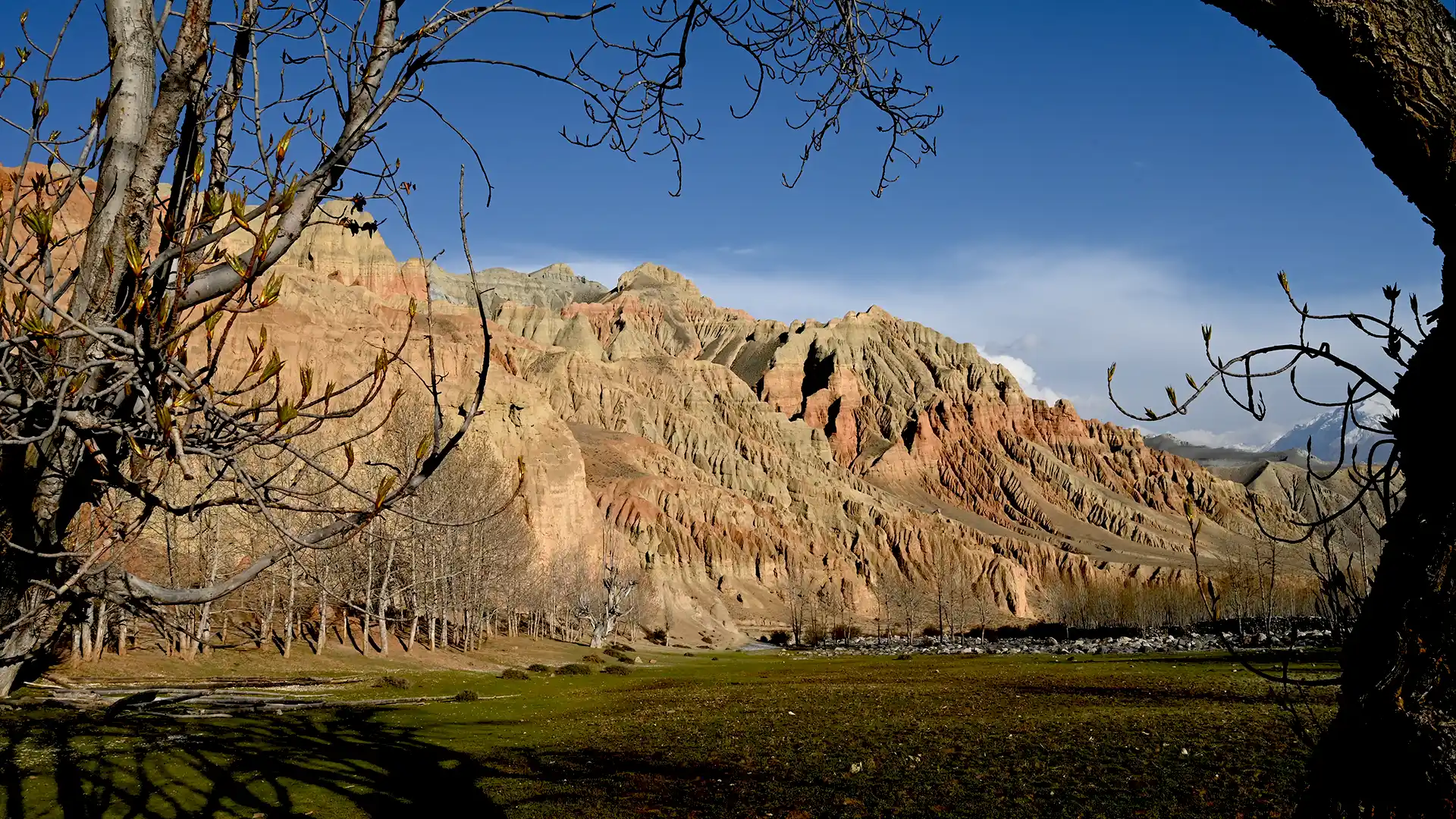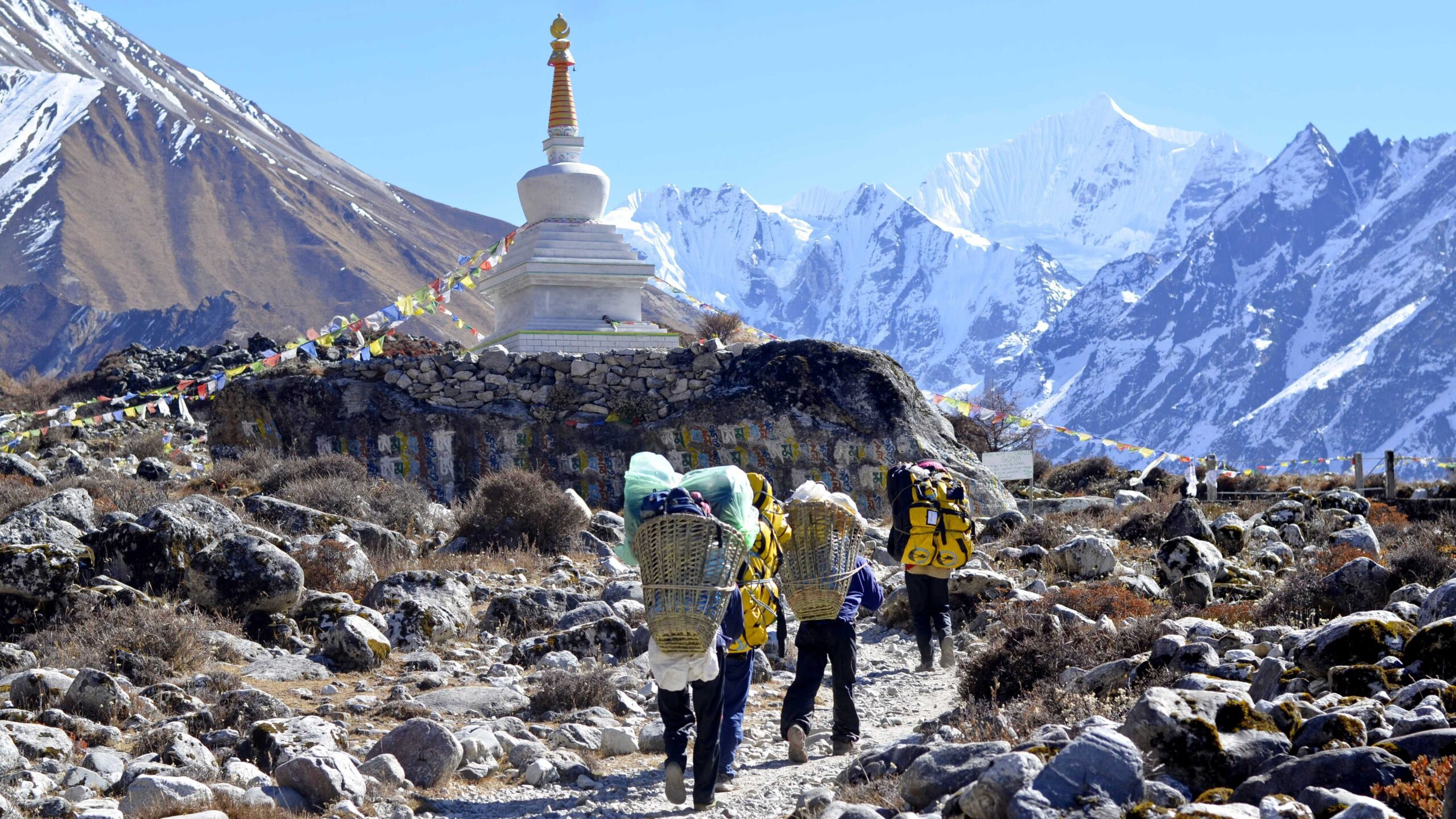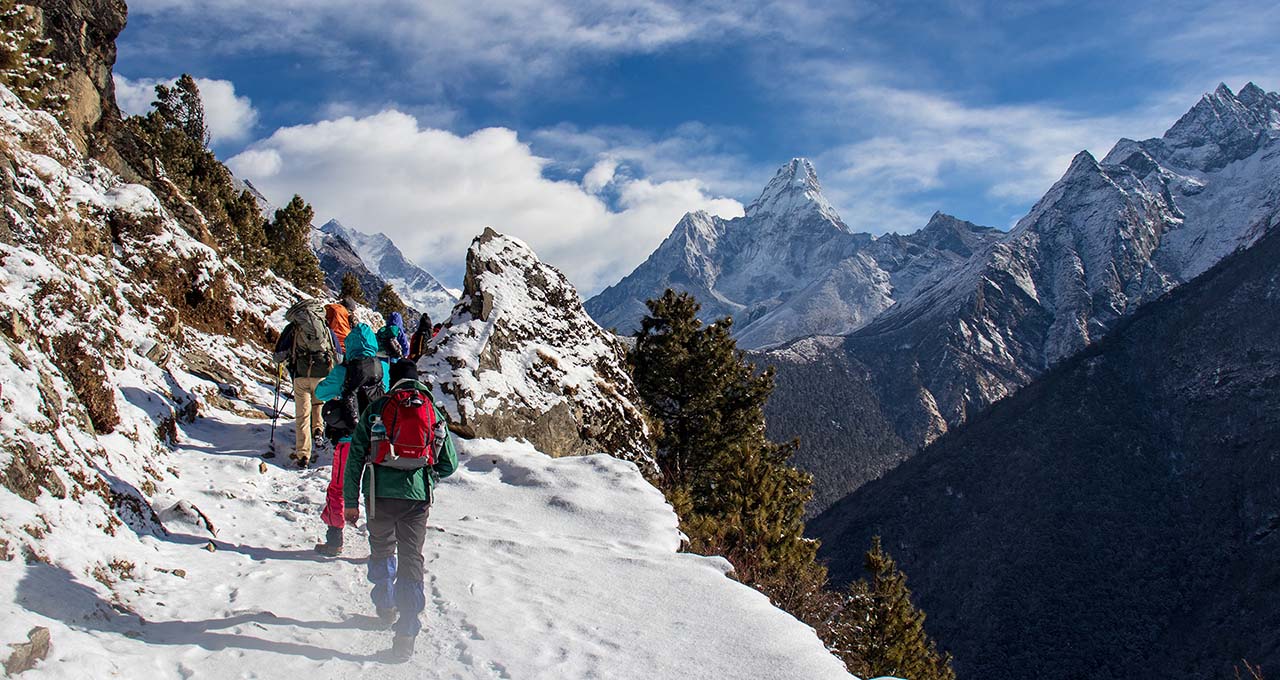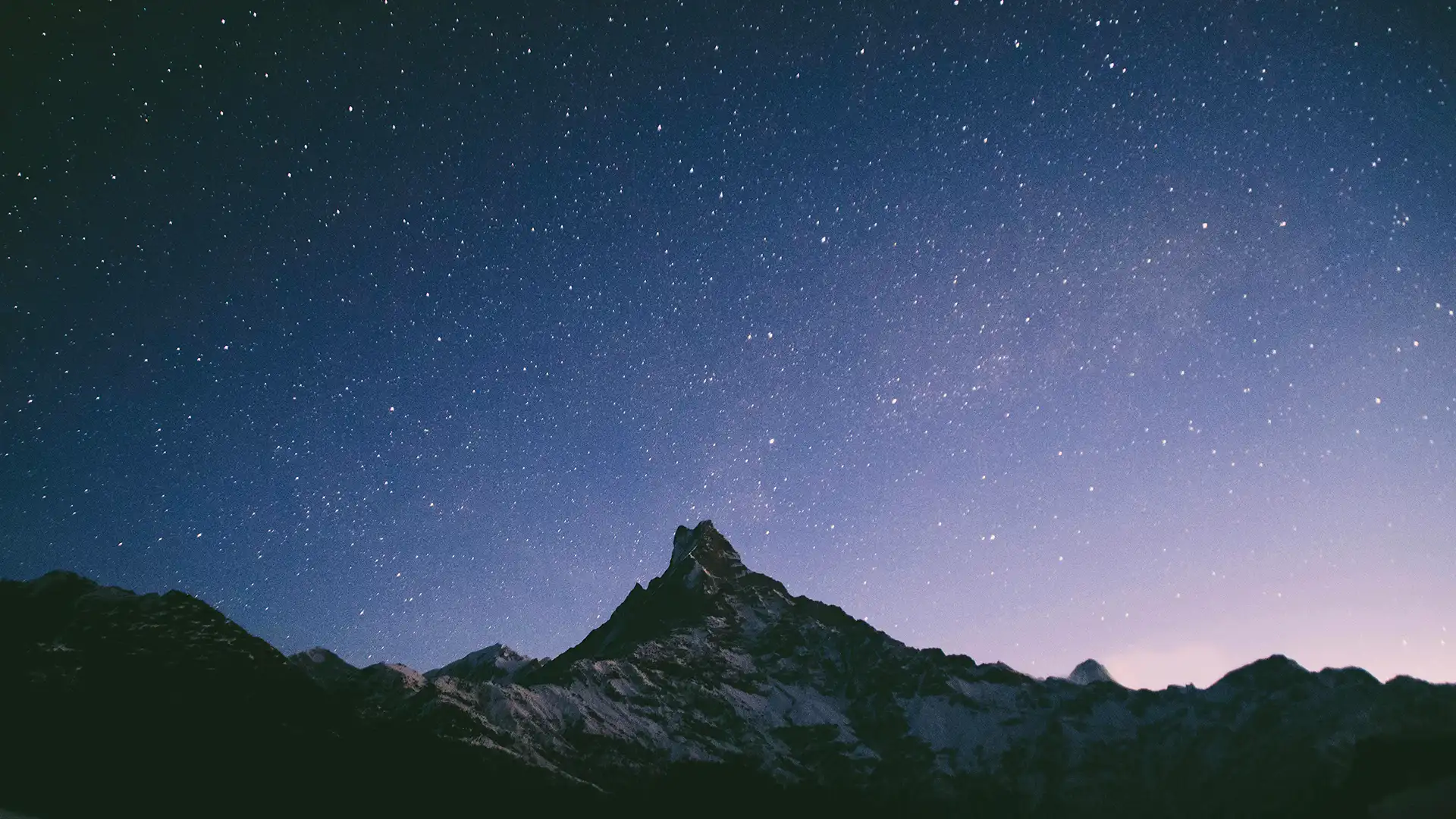Manaslu Region
Manaslu Region offers a perfect combination of mountain views through rarely explored challenging terrains and a rich cultural diversity of ethnic people. Beginning with a scenic drive from Kathmandu, an exploration of Manaslu takes you by the prestigious Buddhi-Gandaki River and the traditional villages of Nepal. Not only is it an adventurous journey offering multitudes of trekking routes, but it is also an opportunity to immerse yourself in the unique cultural practices of Tibetan-Buddhist communities.
Why Manaslu Region?
Despite being home to the 8th highest mountain in the World, the Manaslu region is comparatively less explored, yet an exquisite trekking destination. Since it’s less walked upon, the trails are rugged and less crowded, making it an ideal trekking route for people who prefer solitude and the raw experience of the mountains.
This offers a variety of trekking routes, with the Manaslu Circuit trek being the most sought-after route by many adventurers. Trekking through this region takes you across luscious subtropical forests and terraced fields that swiftly change to high-altitude countryside and alpine forests. You also get a chance to pass through the protected biodiversity of the Manaslu Conservation Area while walking on the off-beaten and quiet trails.
Apart from its pristine landscapes and breathtaking mountain views, the Manaslu region also offers a rich experience of diverse cultural heritage. Given its proximity to Tibet, villages are most likely inhabited by people who follow Buddhism but have little influence of Tibetan culture.
Highlights of the Manaslu Region
- Scenic drive through picturesque landscapes and rural villages of western Nepal.
- Cultural immersion in traditional villages like Jagat, Deng, and Samagaon, with solid Tibetan influences.
- Towering mountain peaks and serene landscapes from beautiful Bimthang Valley.
- Manaslu Conservation Area, inhabited by various plants and animal species.
- A variety of trekking routes, including Manaslu Circuit Trek, Manaslu Base Camp Trek, Tsum Valley Trek, Manaslu Rupina La Pass Trek, etc.
- Captivating alpine scenery and traditional settlement of Namrung Village with a panoramic view of the surrounding peaks.
- Exploration of beautiful Tsum Valley.
- A chance to encounter rare mountain fauna such as snow leopards, blue sheep, Himalayan tahr, and much more.
Top 10 Things to Do in the Manaslu Region
1. Summit the Mountain
Donning an altitude of 8163 meters (26782 feet), Mount Manaslu is one of the seven eight-thousanders located in Nepal. Its name is derived from the Sanskrit syllable “Manasa,” which means soul or intellect. The mountain is also called Kampunge in the local dialect and was a virgin peak until a Japanese citizen, Toshio Imanishi, along with Gyaltsen Norbu Sherpa, successfully climbed it in 1956.
With a success rate of 99%, the peak is comparatively easier to begin climbing among the top 14 peaks of the world. Often, summiteers trek to Mount Cho Oyu before continuing to Mount Manaslu.
2. Trek to Manaslu Base Camp or Manaslu Circuit
The Manaslu Base Camp Trek and Manaslu Circuit Trek are infamous trips in the Manaslu region. From exploring the rugged and untouched beauty of Manaslu Valley to iconic views of peaks from the high mountain passes of Larkya la and Rupina la, this trek offers a variety of activities.
A standard Manaslu circuit is a 16-day expedition from Macha Khola, a village in Gorkha situated at 870 meters. It is also a starting point for Manaslu Base Camp and the Tsum Valley trek. These treks are perfect for wanders who want challenging off-the-beat terrains. Along the way, you’ll experience the serene beauty of the Manaslu Conservation Area and learn about the region’s Tibetan-influenced culture and the peaceful ambiance of traditional monasteries.
3. Enjoy the Mountain View from High-Altitude Passes
Mount Manaslu has four different faces, each of which looks equally magical. While ascending the peak or trekking through the Manaslu circuit, you will encounter a few high-passes such as Larkya la he high passes, such as Larkya La, Karche La, Rupina La, Rui La, etc.
You can catch a glimpse of Manaslu North and Manaslu, along with surrounding peaks like Samdo Peak, Cheo Mountain, Naike Peak, and Larke Peak from the Larkya la Pass. At the same time, Karche Pass will lead you to a mesmerizing view of dense rhododendron forests.
4. Click some Pictures at the Birendra Lake
Surrounded by tall peaks and alpine forests, the freshwater lake of the Manaslu region offers the most picturesque view. Named after the late Monarch of Nepal, Kind Birendra, it is an alpine lake at 3691 meters from sea level.
Often referred to as Birendra Lake by locals, translating Birendra Lake, it is quite a famous acclimatization point for trekkers. Ice peaks hovering over the turquoise-green lake look exceptional if you can make it broad daylight.
5. Explore the Manaslu Conservation Area
The Manaslu Conservation Area is a trekking destination covering an area of 1663 square kilometers in the Manaslu region, including the land where the world’s eighth-highest peak is located. Statistically, it is home to more than 110 species of birds, 33 mammals, and over 20,000 native and rare plants.
An interesting fact about this protected natural heritage is that it comprises six different climatic zones throughout its topography. Consequently, you will also find three different types of vegetation, as seen in lower hilly areas, middle mountains, and alpine vegetation of high mountains.
6. Immerse into the Local Culture at Namrung Village
Any excursion to Nepali landscapes is incomplete without a stroll through the rural countryside, which offers a unique experience. Resting in the laps of Manaslu and its surrounding peaks at an altitude of 2660 meters from sea level, Namrung is one such village. In addition to being a picturesque locality offering natural beauty and cultural richness in exact proportion, it is also a cultural heritage.
You will experience the traditions of ethnic Gurung, Sherpa, and Bhotey people, indulging in their traditional dances, outfits, and delightful delicacies. If you love camping, this village is the best location to do so as you can enjoy meals closer to the forest while watching those birds.
7. Get to know the Cultural Heritage of Nubri Valley
Nubri Valley is one of the major attractions of the Manaslu region. It is an isolated and unexplored location at an altitude of 4000 meters. Being a village closer to the Tibetan border, you will see the influence of its culture, too. The unique fused culture of the Loba people, their language, and their traditional cuisine are one-of-a-kind experiences.
The people of this beautiful valley have a basic nomadic lifestyle unbothered of where the world is heading today. You will find basic houses with the most basic lifestyle. A usual day in the life of the inhabitants of Nubri Valley includes doing household chores, eating a basic nutritional meal, and grazing the yaks. A brief detour of the valley en route to the Manaslu circuit will teach you how simple yet pleasant life can be.
8. Trek to the iconic Tsum Valley
Tsum Valley is one of the most sought-after trekking destinations in the Manaslu region after the circuit trek. Similar to Nubri Valley, this serene location is characterized by untouched traditional village life influenced by Tibetan culture. You will also see magnificent mountain views, including Mt. Manaslu, Ganesh Himal, and other peaks like Boudha Himal, Siring Himal, Himal Chuli, etc.
Another highlight of Tsum Valley is a visit to an ancient monastery that is highly culturally significant and displays Tibetan traditions. Some famous monasteries are Gompa Lungdang, Mu Gompa, and Rachen Gompa. A few sacred caves in this locality also have a high cultural significance.
9. Participate in Local Festivals and Prayers
Having numerous monasteries that practice Buddhist and Tibetan Buddhist cultural practices, the festivals celebrated around Manaslu Himal are unique, too. In addition to the daily prayers, a few rituals are practiced in some of these monasteries annually, marking a grand celebration.
The Manu Dungdrup puja is a sacred festival annually celebrated at Nubri Tharangu monastery in Nubri village. This 10-day celebration occurs according to the lunar calendar and usually falls in April. A senior monk of the monastery receives a special invitation to the festivals and conducts a spiritual practice. The people of the village make a sculpture of the god out of flour and butter, also called Torma.
10. Experience Local Life at Teahouses
Like most trekking routes in the Himalayan region of Nepal, the Manaslu region has a few teahouses where you can rest and eat your meal during the trek. These teahouses provide food and lodging, allowing you to experience local life in the Himalayan region.
In many villages, you can even find homestays and shared communal houses to accommodate guests. The primary stops, such as Arughat, Soti Khola, Khorlabesi, Lapubesi, Samagaon, Namrung, and more, have the best teahouses and homestay services for food and lodging. In addition, these stays are a good chance to enjoy local delicacies.
Trek With Awesome Holidays Nepal
Anyone can take you on a trek, but not all can lead your path with the utmost comfort and memorable encounters! Awesome Holidays Nepal is one such travel and trek company dedicated to curating tailor-made treks suited to your needs and utmost comfort while keeping your safety a prime concern. Based in Nepal, Awesome Holidays has a team of experts who have decades-long experience guiding guests through many adventurous yet luxurious expeditions.
Following are some of the prime reasons why you should trek with AHN:
- Awesome is committed to your travel needs.
- Travel Safety is always our primary concern.
- Our tailor-made itineraries offer the best value for your money.
- Awesome offers the flexibility to customize your treks based on your needs.
- A team of professionals who are always there to aid your trek and travel experience.
- Awesome Holidays Nepal is trusted with more than 95% success rate and excellent Travel Advisor Reviews.
- An ever-ready support team always backs up while on a trek.
If you want an Awesome trekking experience, then you should absolutely travel with Awesome Holidays Nepal.
How to Get to the Manaslu Region?
Getting to Manaslu is a wholesome journey on its own, as it takes you through scenic hills and river bays of Nepal. Usually, you begin with a private jeep or bus ride from Kathmandu along the Trishuli River to Machha Khola. The actual trek commences from the beautiful trails of Machha Khola. The ride will take you through scenic trails of green hills, challenging trails, village settlements, terraced fields, and rapidly flowing rivers of Nepal.
Best Time to Visit the Manaslu Region
Fall and Spring are the best seasons to trek to the Manaslu region, similar to most Himalayan areas. Since the climate is suitable, the trails are dry, and the skies are clear during these two seasons, it is also the best season for climbing to the Himalayan regions of Nepal. Usually, during September-November and April-May, most visitors ascend through different trekking routes of the Manaslu region.
Food & Accommodation in the Manaslu Region
Accommodation in the Manaslu region primarily comprises Teahouses and local homestays with clean rooms and washrooms. While the services and amenities of these teahouses in lower elevation localities like Machha Khola, Namrung, Lho, etc., are better, other remote stops might not have the same.
The Manaslu region has a variety of cuisines, and different races inhabit the area. The lower region is densely populated by Gurung, Magar, and Thakali people, and their staple diet includes pulses, rice, vegetables, soups, etc. As you ascend to a higher altitude, you will find Tibetan and Sherpa people and their food on your plates, too. Higher regions are dominated by Sherpa cuisine, including potatoes, pulses, soups, noodles, etc.
Explore Our Exciting Packages
Discover Unforgettable Adventures Await in Manaslu Region
FAQs
When is the best time to trek to Manaslu Region?
The best time to trek to Manaslu Region is during the Autumn and Spring seasons, as the climate is favorable and the trekking route is rich in luscious greens. For a safe, memorable, and incredible experience, plan a trek between mid-September and November or March and June.
However, the trek is possible all around the year. As long as you can avoid rainstorms and sustain extreme temperatures, you can ascend during colder months to avoid the crowd.
How long does the Manaslu Circuit trek take?
A standard Manaslu Circuit trek takes 16 days, starting from Machha Khola, and it also includes acclimatization days and stays at the area’s major attractions.
Do I need to book in advance?
Though it might not be mandatory, booking your base camp trek in advance is better to ease the process, specifically if you plan for trekking seasons, as mentioned above.
Booking in advance secures your spot and ensures you and your trekking company are well-prepared for the trek. However, getting the trekking permits, booking accommodation and transport, and getting your visas might take time.
What kind of fitness level is required?
To trek to the Manaslu Circuit and Manaslu Base Camp, you will require moderate fitness since you will walk at least 6-7 hours daily. You will also need good cardiovascular endurance and muscular strength to ascend quickly through rough terrain.
If you aren’t somebody who doesn’t perform physical training regularly, it is better to start training at least ¾ months in advance. Ensure you include cardio, flexibility exercises, and strength training in your workout to prepare your body for the trek.
What permits are required?
To explore the Manaslu region, you will require three different permits along with the TIMS permit. While the Manaslu Conservation Area permit and Annapurna Conservation Area permit are necessary for every trekker, Nepali citizens do not require the Manaslu Restricted Area permit.
Additionally, you must acquire a Tsum Valley Restricted Area permit to visit the valley.
Do I need travel insurance?
It isn’t mandatory to take travel insurance for trekking the Manaslu circuit or to the Manaslu Base Camp, but it is advisable to do so to prepare in advance for possible catastrophic situations on the trek.
Can I customize my itinerary?
Yes, you can customize your itinerary for Manaslu trekking according to your needs. We can add or subtract the acclimatization days, optimize the trekking route, and shorten or elongate the trek as you prefer.
However, if you have booked for our regular trekking package that moves as a group, customizing the itinerary just for an individual isn’t possible.
What is the best way to train for the trek?
Some of the best ways to train for the trek are through regular cardio, focusing on breathing exercises, strength training, lifting weights, hamstring sketching exercises, and so on. You can also switch to climbing stairs instead of lifts, walking, or jogging instead of driving to smaller distances to prepare your body.
Additionally, going on regular hikes or climbing up the hills can be the best way to train for the trek.
What kind of gear do I need?
To trek to Everest base camp, you will need lightweight and warmer clothing, trekking poles, hiking boots, headlamps, sleeping bags, sunglasses, toiletries, and solar batteries.
Do I need vaccinations?
Getting any vaccinations to trek to the Annapurna base camp isn’t mandatory. However, you can check your country’s travel regulations and vaccinate yourself before visiting Nepal.
Typically, routine vaccines are available, including those against Malaria, Japanese Encephalitis, Hepatitis A, Hepatitis B, Typhoid, Rabies, and Cholera.
What currency should I carry?
For any personal expenses other than those offered by the trekking company, you will need Nepalese rupees for your ABC or the Annapurna circuit trek trip. However, having some USD or your home currency as a backup for emergencies or returns is better.
Exchange your currencies for Nepali rupees in Kathmandu to find the best rates.
Do I need a visa for Nepal?
To travel to Nepal, you will need a “Tourist Visa.” This visa is available on arrival for most foreign visitors except those from African countries, Afghanistan, and refugees with travel documents.
Check the official website of the Department of Immigration for information regarding On Arrival and other tourist visas in Nepal.
Is it possible to trek solo?
It is possible to trek solo to the Manaslu Region. However, you must be well prepared to adapt to the exciting yet exhilarating trek, and you will need additional physical and mental strength to reach Manaslu Base Camp.
A solo traveler must get the required documents to get the permit.

